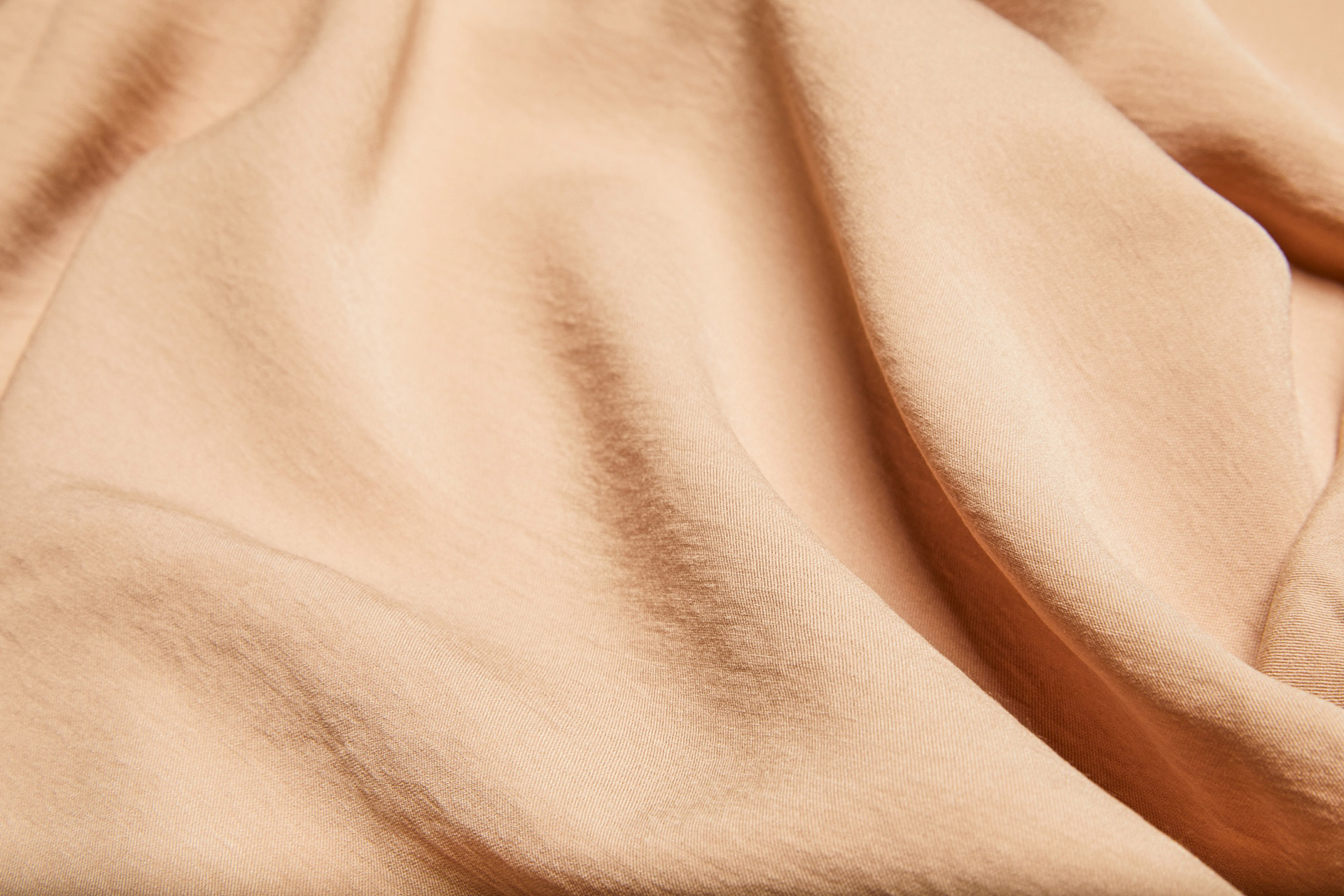Everyone has experienced finding themselves with clothing items that are no longer usable, whether it’s due to wear and tear, or because fashion trends change constantly. Often, we end up with clothes sitting in our closets for years that are never used and are eventually thrown away.
Let’s look at the numbers: according to the ISPRA Urban Waste Report in 2015, textile waste amounted to 129,000 tons, while in 2022 the number has increased to 157,000 tons. These numbers are staggering, especially considering that most textile waste is not properly managed and is thrown into unsorted waste, filling up our landfills.
So how does the collection of used textiles and clothing work in Italy?
Textile waste collection is not currently mandatory, although according to European circular economy regulations, textile waste collection will become mandatory in 2025.
Donation Collection vs. Separate Collection
Many people confuse textile waste collection bins with donation bins. Let’s look at the difference.
In textile waste collection bins, any type of textile waste can be deposited, from fabric scraps to unused household fabrics, to clothing items. Holes or tears are not a problem, but it’s necessary that they’re not dirty, as dirty textiles could make other items unusable for recycling purposes.
In donation bins, it’s better to deposit only items in decent or good condition, as if they’re all torn or very dirty, they won’t be useful as clothing for those in need.
What about wool waste?
Still unsure about where to dispose of textile waste? At Emmetex, we have always been dedicated to reusing wool waste through our collaboration with Comistra and Filatura di Pini. Through these two companies, we recover as much wool as possible to then re-introduce it into the market in the form of new fabrics, using high-quality fibers and greatly reducing our impact on the environment. Learn more about this process.

